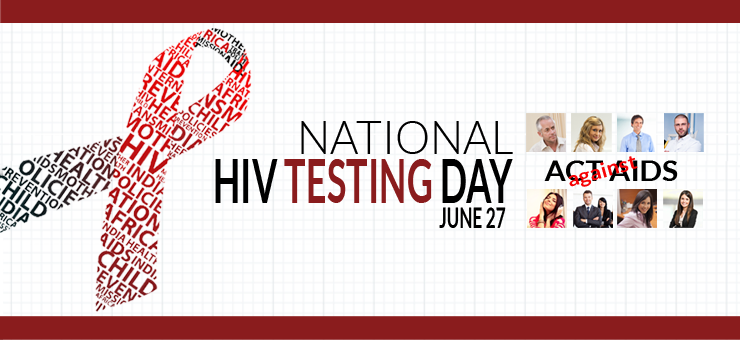According to estimates given by Centers for Disease Control and Prevention (CDC), “about 1.1 million Americans are living with HIV, and 21% of these persons do not know they are infected”. A secure and efficient system of electronic information gathering or EHR can help in early detection of HIV, so that quality treatment, care and support can be provided to the patients; while spread of the disease can be controlled.
This HIV Testing Awareness Day, we have compiled some useful information for physicians about how government certified EHR systems can help in improving HIV testing process and benefit patients.
How does the law help?
1. The Affordable Care Act covers HIV testing in the health insurance plan for everyone between ages 15 to 65 and those of other ages at risk of this disease. Physicians should inform their patients that the former can get the testing done during their visit without paying additional cost, such as copays and deductibles.
2. Patients, particularly the HIV diagnosed are usually worried about the privacy of their personal and medical information gathered through EHR system. Under the HIPAA Privacy Rule, physicians are bound to protect the privacy of their patients’ health information and adopt security measures to safeguard electronic health records. Patients have the right to obtain a copy of their health records and restrict the sharing of information with unnecessary parties.
How can Health IT help practitioners to encourage HIV testing?
1. Develop workflow to incorporate CDC guidelines in practice
CDC issued new guidelines in 2006 for physicians regarding integrated HIV testing. According to the guidelines, practices would offer HIV testing as part of the patients’ regular appointments, which helps in diagnosing HIV patients earlier.
In order to achieve the desired results of early HIV detection, practices would have to devise workflows to help assimilate the clinical and non-clinical staff according to the integrated HIV testing. This requires change in the practice operations, which can be ascertained through careful analysis of the current workflow.
The change begins from the front desk. The front desk staff should be well versed in the CDC guidelines, so that they can provide necessary information to the patients. The guidelines can be printed in form of brochures to be distributed amongst visiting patients. If the patient seems to be ‘at risk’ of acquiring the disease, then the physicians should try to convince them to get tested.
2. Secure the electronic information sharing
Physicians need to be particularly careful with security of HIV/AIDS patients’ records while recording and reporting the information. The records should not be shared unnecessarily, while strict security measures should be taken to share them with required stakeholders.
A government certified EHR system should be implemented in the practice, which fulfills the requirements of data privacy and security. Moreover, while sharing the data it is necessary to identify HIV/AIDS records with flags or warning messages.
Most EHR systems have the option to restrict access to certain medical records which means that only certain individuals in the practice/hospital can have access to these records. Moreover, a complete audit log is maintained ensuring the highest possible security protocol is followed in restricted cases.
In conclusion, physicians that deal with HIV and AIDs patients should adopt EHR systems that are optimized to meet HIV, AIDS reporting requirements. By doing so not only will the practice benefit by having a more streamlined workflow but the society will benefit as well as more people would come forward to get themselves tested or enrolled in a treatment program without fear of having their identities disclosed.

Join the Discussion!